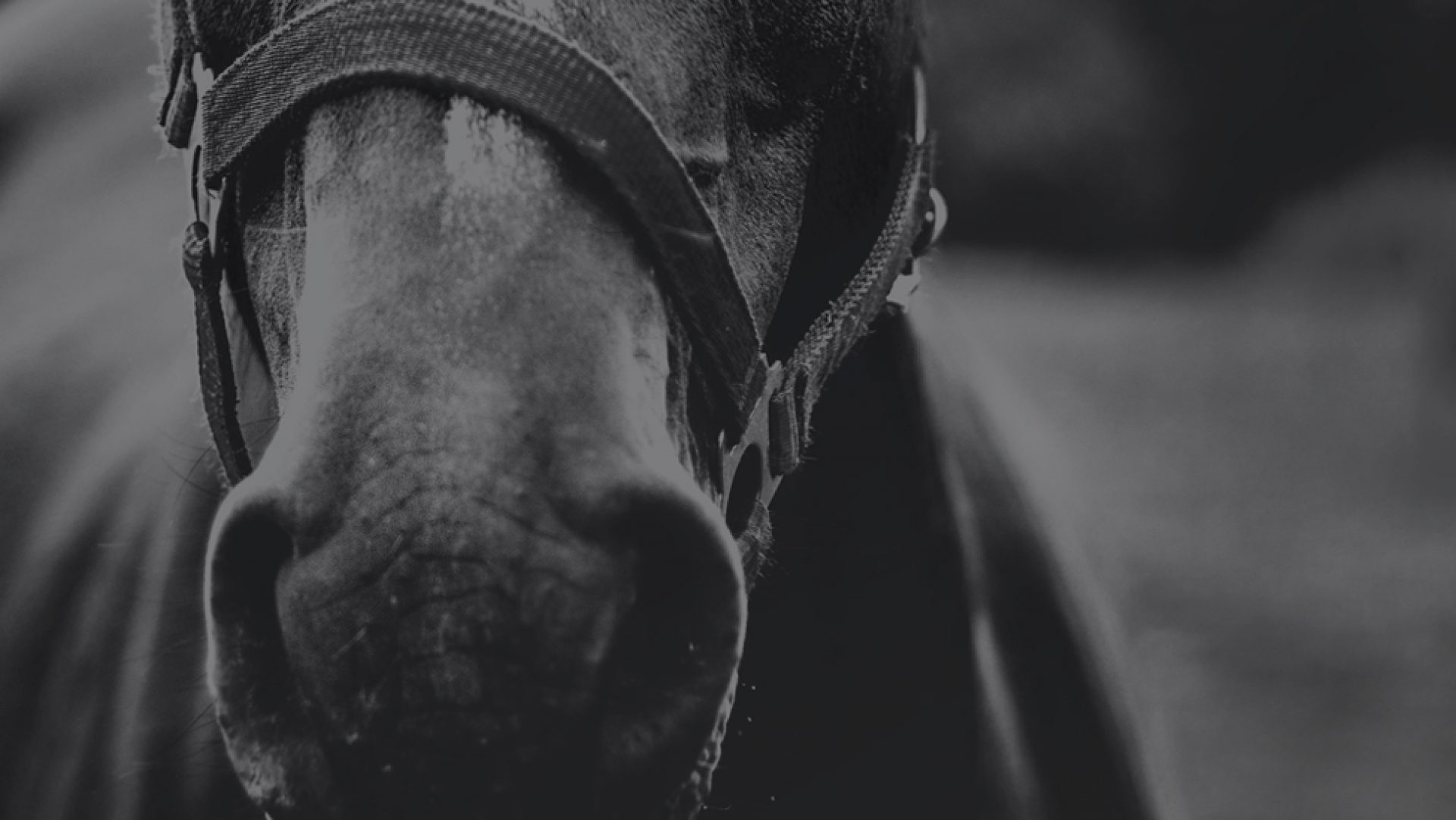This year’s renewal of the Triumph Hurdle looks a very strong one, with Solo recently adding his name to an all-star cast already featuring Allmankind, Goshen and Aspire Tower.
It also presents a fascinating case study for what happens when the pace is relentless at Grade One level, which looks almost certain with the last-named trio all winning their races from the front having set serious fractions from the moment the tapes dropped. Solo, too, was prominent and then led a long way from home on debut.
So, we are almost certain to get a tear-up in the Triumph, which begs the obvious question: who are the likely winners and losers from such a scenario?
The temptation is to assume that the hold-up horses will profit, and that may be the case, but given that the ‘big four’ look a cut above, it is far from assured. Given the fast pace set to unfold and the quality of those setting it, I suspect stamina – which is always a key asset in any Triumph – will really come to the fore.
So, which of those at the head of the market are likely to fare best if stamina wains the day? One objective way to assess which of the four are likely to get home is to look at their dosage index (DI) and centre of distribution (CD) profiles.
Very briefly, these two metrics assess the relative likelihood of a horse having inherited speed-favouring and stamina-favouring genes from others in its bloodline. The DI is a ratio of speed to stamina (the higher it is, the more likely a horse is to be blessed with speed but little stamina). The CD essentially represents a balancing point of all the speed, middling, and stamina points (once again the higher it is, the more likely a horse is to be blessed with speed but little stamina). For a more detailed but easy to understand explanation, see: https://bit.ly/32zSAJB
Generally speaking, DI and CD metrics are used to assess the likelihood of Flat horses staying well enough to win major races such as the Derby, but they can also be useful in National Hunt terms, and especially so in races like the Triumph, which bring together inexperienced horses likely to have their stamina tested more fully than ever before.
But has DI and CD been important in past Triumph Hurdles?
Of course, there is no point in assessing this year’s race if there is no implication that DI and CD has mattered before.
To test this out, I analysed what the DI and CD metrics looked like for horses that won and placed in the last five Triumph Hurdles (n=15) and compared them with “unplaced disappointments” (n=10) from the same renewals. Horses in this group were sent off at single-figure prices (and were thus fancied to run well) but failed to hit the frame.
Note that I did not include either Stormy Ireland (fell) or Sir Erec (pulled up after sustaining a fatal injury) in this latter group as I felt it was impossible to know whether they would have been placed or not when departing.
Here is what I found:
| Average (mean) DI | Average (mean) CD | |
| Winners and placed horses | 1.0 | 0.07 |
| Unplaced disappointments | 1.65 | 0.24 |
Winners and placed horses had lower average DI metrics and CD metrics, implying that they had more stamina than the unplaced disappointments. To test whether this was statistically significant, I ran a simple ANOVA (a test that compares the means and spread around the means in different groups). The DI differences were significant. The CD differences almost, but not quite statistically so.
Note that the small data sample (n = 15, and n = 10) in the groups make it less likely that the statistical test would point to significant differences. That one was found (and the other almost followed suit) suggests there may very well be something of value contained in these DI and CD metrics in assessing the chances of horses running in the Triumph.
You can also visualise the spread of values for horses falling into these groups in the below figure (each red dot represents a DI and CD value for one of the horses in each group). The spread is important. As expected, some horses defy the general trend in terms of winning/placing or disappointing, but that trend is quite convincingly strong given the small data sample.
This year’s big four – who measures up well (and poorly)?
To calculate the DI and CD metrics of the big four, I used the excellent, free-to-use www.pedigreequery.com website. You can do the same for any horse in training here.
| DI | CD | |
| Solo | 1 | 0.13 |
| Goshen | 0.63 | -0.12 |
| Allmankind | 0.66 | -0.13 |
| Aspire Tower | 2.56 | 0.56 |
Strictly speaking, Solo looks the perfect fit based on how similar his DI and CD metrics are to the average values for the past five winners and placed horses.
Both Goshen and Allmankind seem to have more stamina than would be typical for winners and placed horses, but given the premium that will be put on that attribute given this year’s make-up (and the increasing likelihood of testing going), I think there metrics are far more positive than negative with respect to their chances.
The one that sticks out is Aspire Tower, whose DI and CD are considerably higher than the average values for the past five winners and placed horses. These values imply he is blessed with speed rather than stamina. With that in mind, my guess is that he is the most likely of the big four to find things against him given the race make-up, and therefore the most likely to run below market expectations.


